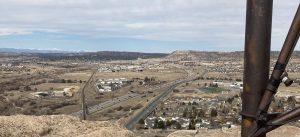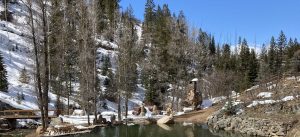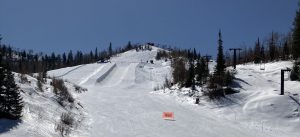After surfing your hearts out, you may want to explore the lush forests and hilltops you’ve seen from the water. Hawaii offers unique fauna, and the volcanoes are one of the reasons why this is even possible. When on Big Island, you should definitely pay a visit to Kīlauea, a captivating volcano that is part of the Hawaii Volcanoes National Park.
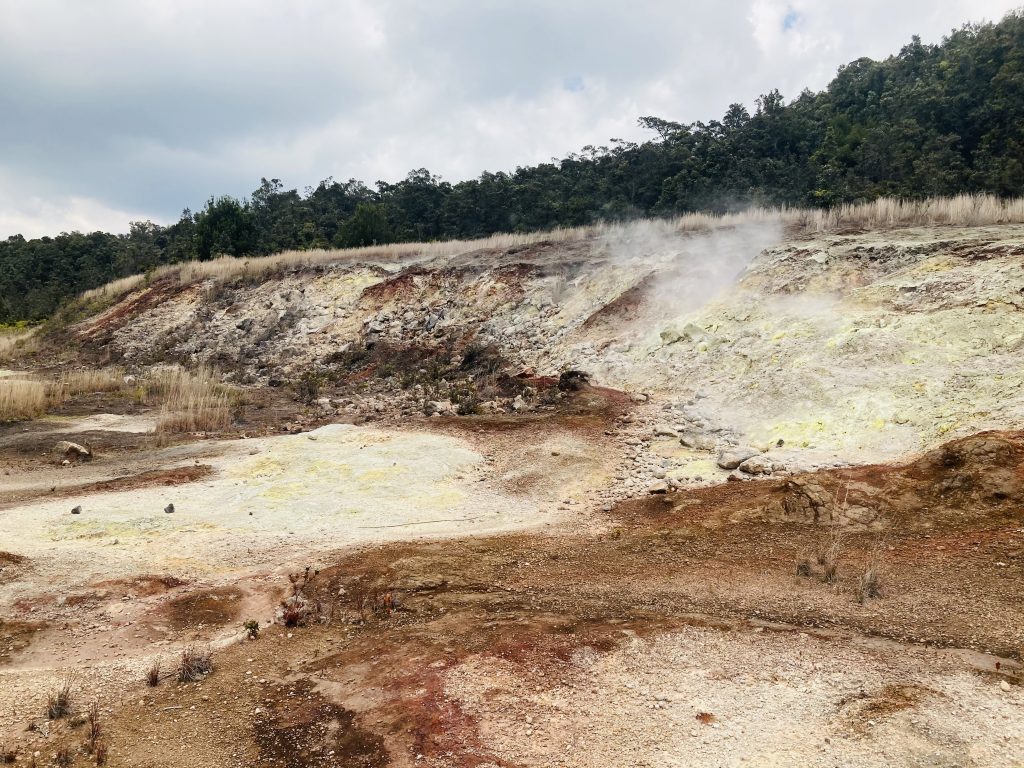
According to the National Park website, Kīlauea is the youngest active volcano in Hawaii. Check out their videos here to learn more! Around the 1:36-minute mark, you can find information for a short visit, which is mostly what we did. If you are into hiking though you can easily fill 4 hours or more by connecting all parts of the national park and hiking to both volcanoes on the premise.
If hiking isn’t for you, no worries – simply driving around the park’s rim will allow you to see plenty of the beauty the park offers.
If you’re not into crowds, you should check out the Kahuku Unit – a remote area rich in tradition with fewer visitors. It’s important to protect the ecosystem while on the trails: Please inform yourself on how to! You can, for example, clean your shoes at a brush station at the Kahuku unit to avoid tracking unwanted materials. Please remember that locations like the volcano are not only sensitive ecosystems but also hold significant cultural importance. Please be considerate and respectful of the environment and the local culture.
I highly recommend visiting the National Park website to begin your planning, even if you’re not currently in Hawaii. They provide comprehensive information on trails, closures, weather conditions, and tips on what to do and avoid while visiting all the parks throughout america. Additionally, consider getting the “America the Beautiful” Annual Pass, it’s $80 but you can use it to get into all of the national parks all across the country, offering great value if you plan to explore multiple parks.
The walk we took was really enjoyable – moderate in difficulty and not too lengthy. It felt more like a leisurely stroll than a strenuous hike. The trails are accessible, with wooden pathways constructed at certain points to prevent getting lost and to protect the natural environment. We were rewarded with stunning views, making it a highly recommended experience!
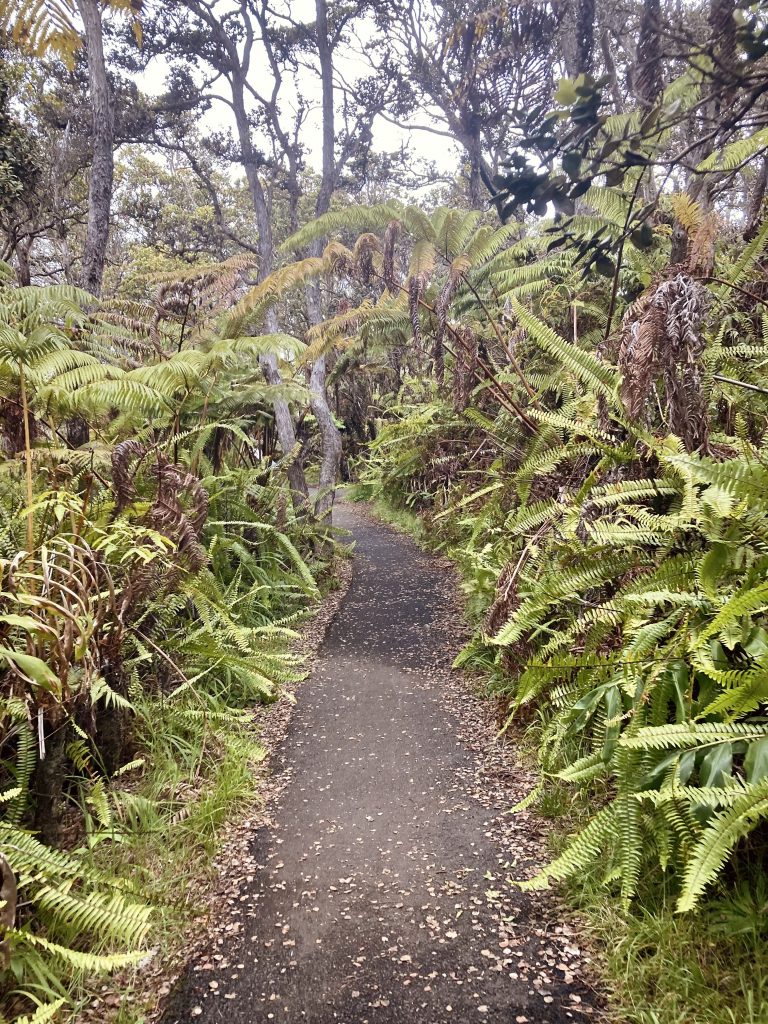
At a Glance:
Hawaii Volcanoes National Park is home to Kīlauea, one of the world’s most active volcanoes, and Mauna Loa, the largest volcano on Earth. You can enjoy scenic drives, hiking trails, and breathtaking views of lava fields and craters. The park is open year-round, and entry costs $30 per car, valid for seven consecutive days. For frequent travelers, the “America the Beautiful” annual pass is available here.
Key highlights include the Crater Rim Drive, short walks to viewpoints, and the quieter Kahuku Unit, where traditional Hawaiian culture and preservation efforts shine. Check the park’s website for weather updates and trail conditions before visiting.
Be sure to clean your shoes at designated brush stations to protect the native ecosystem. Food and drinks are allowed only in picnic areas, and alcohol and glass containers are prohibited.
Punalu’u Black Sand Beach
After exploring the mountains, you’ll definitely want to hit the beach in Hawaii. Big Island offers plenty of beautiful beach options. We stayed at a charming beach right out back, and there are many more just down the street. However, the most impressive – and the one most people think of when talking about Hawaii – is the black sand beach.
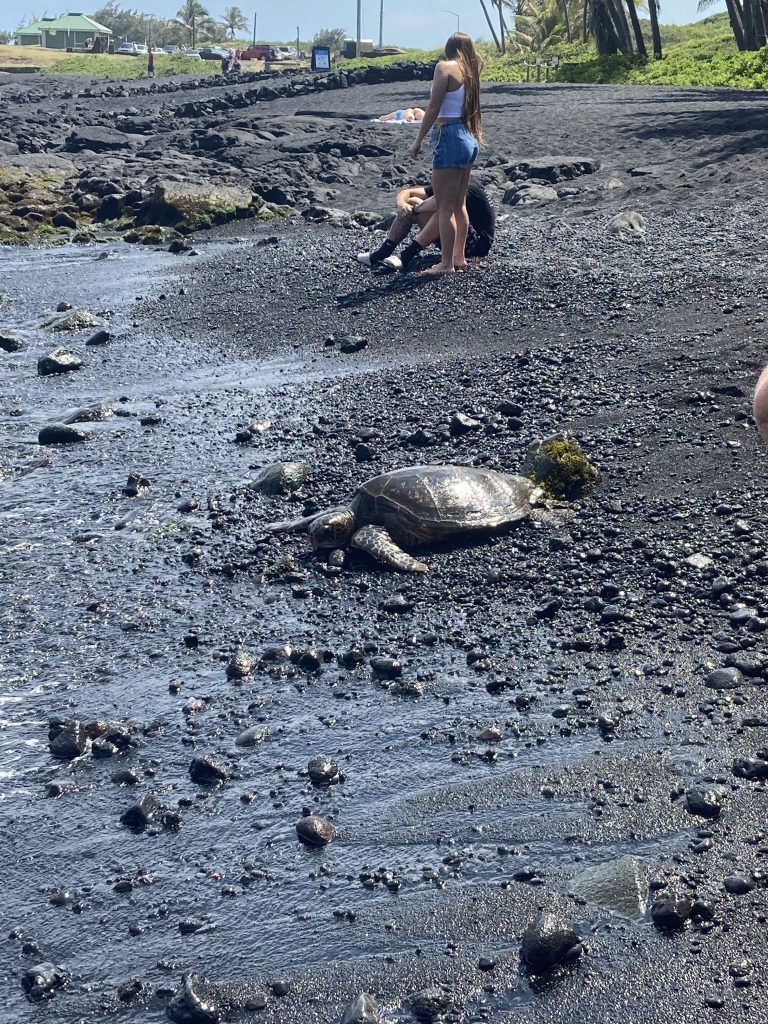
While there are multiple black sand beaches across the Islands, Punalu’u Beach is probably the most famous. If you’re considering beach activities such as swimming, snorkeling, or bodyboarding, you might have to go somewhere else. The beach is very rocky, making it tough to get into the water. Instead, it’s perfect for enjoying the unique landscape, relaxing, and having a picnic.
But there’s one very special thing you might be able to do here and that is watching turtles. They come here to enjoy the sun and are frequent on the beach as well as close to shore.
Please, please remember that they are wild animals.
Don’t touch them, don’t feed them and don’t get too close.
Just leave them be and enjoy them from a distance! They probably won’t attack but they certainly are not cuddly dogs. They are very cool to look at though and the way they move around on the beach is kind of funny to watch too.
Please also note that while the black sand is very impressive to look at, it’s not to take home. The TSA will take it from you if they find it as well. Please consider ANY other souvenir. Yes, it might only be you taking a little vial or even a grain but imagine everyone would be doing it, there won’t be much beach left next time. Just enjoy the experience, take plenty of pictures and make memories that are much more special than some sand.
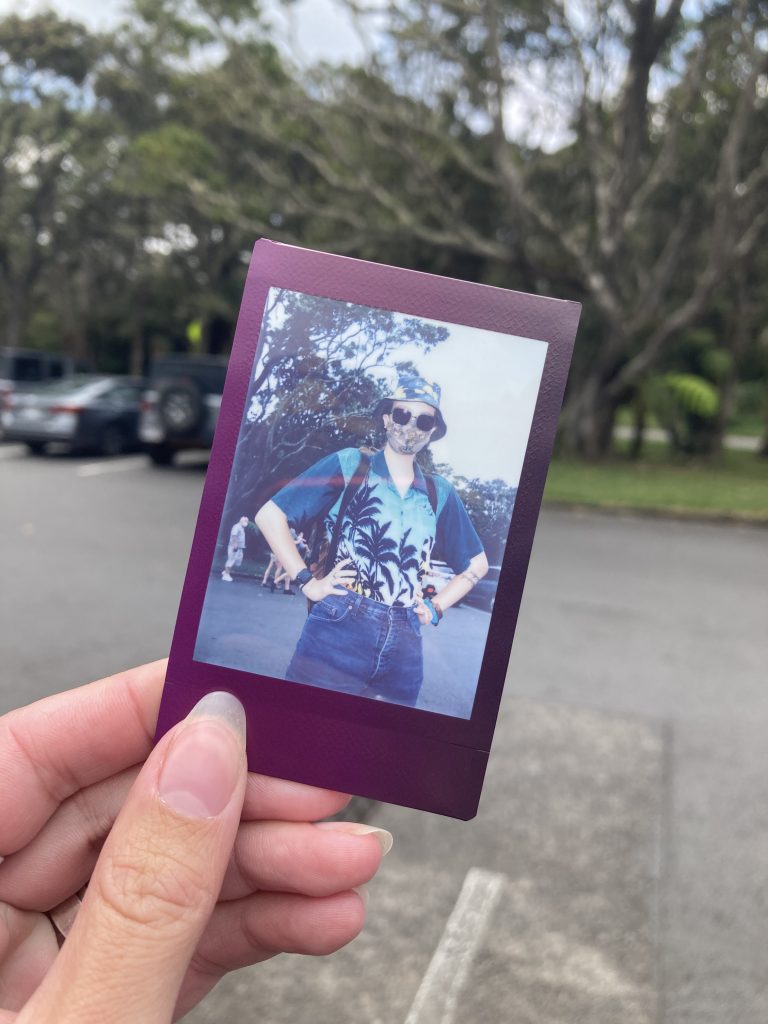
That brings me to an end though. Before we say goodbye, here are some essential tips to keep in mind:
Wear Sunscreen: I am repeating myself here but: the sun is strong and you will burn, especially if you have a light complexion. Reapply regularly, especially after you’ve been in the water and choose a reef-friendly option to protect those cute turtles.
Stay Hydrated! Especially when on the beach or out hiking, as salty water and strong sun can dry out your skin. Keep a water bottle handy and drink plenty throughout the day.
Make sure to plan some extra expenses. Hawaii can be pretty pricey, it is an Island after all and they have to import most of the things.
Bring time, nobody likes being stressed when living in paradise! Ensure you have ample time to relax and explore without feeling rushed.
Aloe Vera Gel (especially when straight from the fridge) is excellent for soothing sunburns.
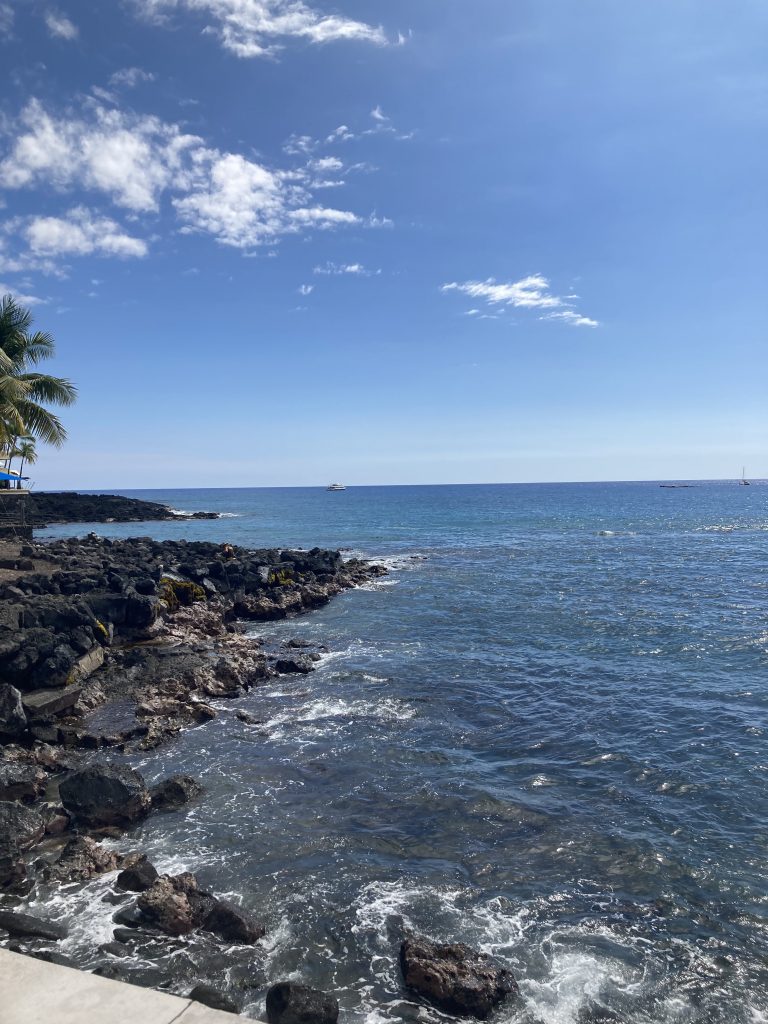
Ibuprofen can help with pain and inflammation. Make sure to
- not pop any blisters that might show up or peel the skin, instead try to cool your skin with baths or showers and put another layer of lotion on.
- stay in the shade
- cover the burned area
- drink lots of water
- keep the area moisturized
also: don’t put random dairy products on in (if you really don’t have anything else and your skin does not have any open blisters you can use greek yogurt as a last resort, Aloe helps much better though)
Always be aware of your surroundings. The ocean can be a dangerous place even though it might look friendly on the surface.
Be aware that riptides are a thing and only go into unfamiliar open waters when you’re sure there’s help available.
If you are caught in one: don’t fight it. Let it take you a bit and once you realize you’re not pulled anymore try to swim away from it at an angle towards the shore. Keep an eye out for your friends and especially children. Drowning is a very quiet death and people are often not thrashing and screaming like in the movies.
Don’t push your limits. Just, dont. Not while swimming, not in the heat, not in a strange unfamiliar place, know your boundaries to stay safe. Prepare and do what you’re doing right now: inform yourself before going.
Always be aware of waves. Waves form where the water gets more shallow and they can pick up in speed and size quite quickly, don’t take unnecessary risks and talk to experienced people before heading out to surf on your own.
Be aware and respectful of local communities and traditions and try to not be rude.
Most importantly after all is: Stay safe and have some fun, you are in one of the most beautiful places on the planet after all!

